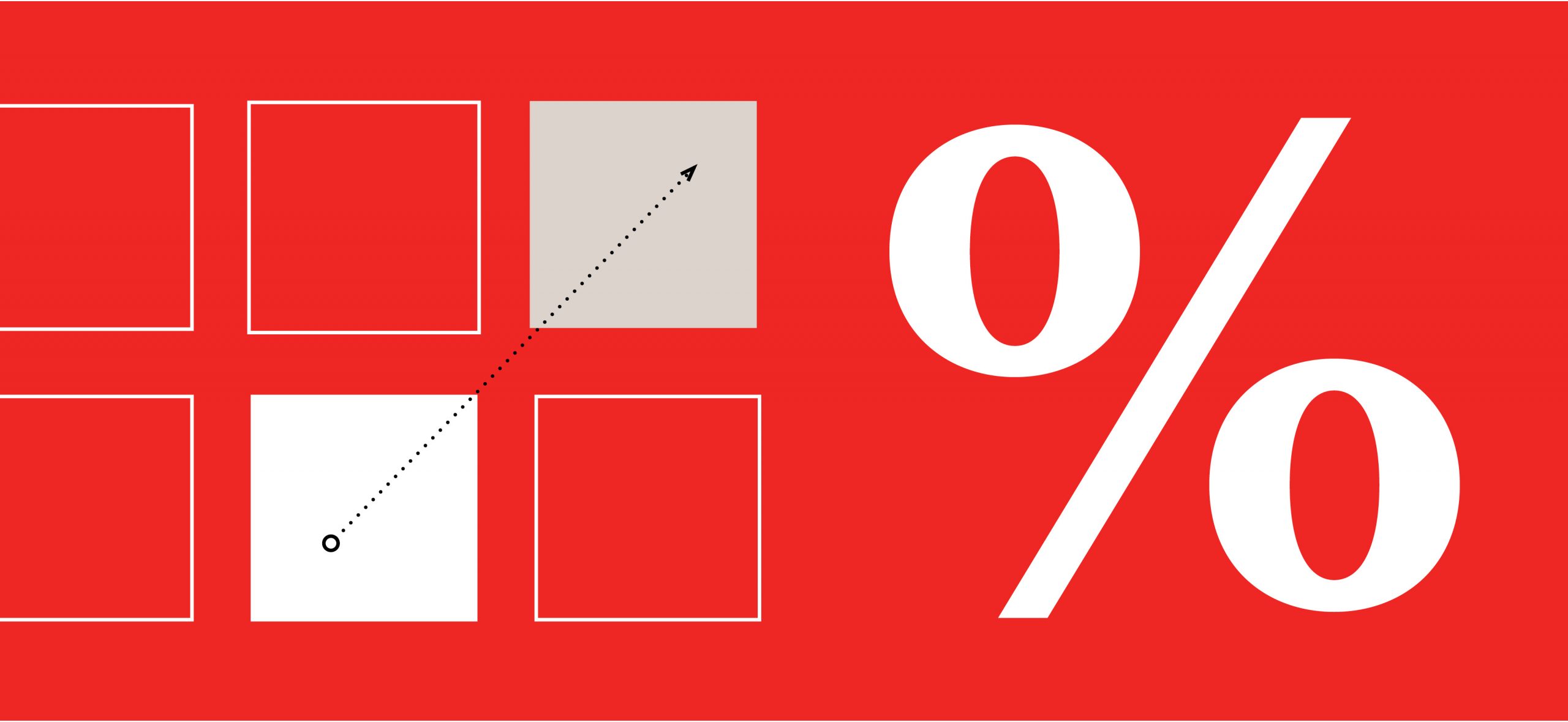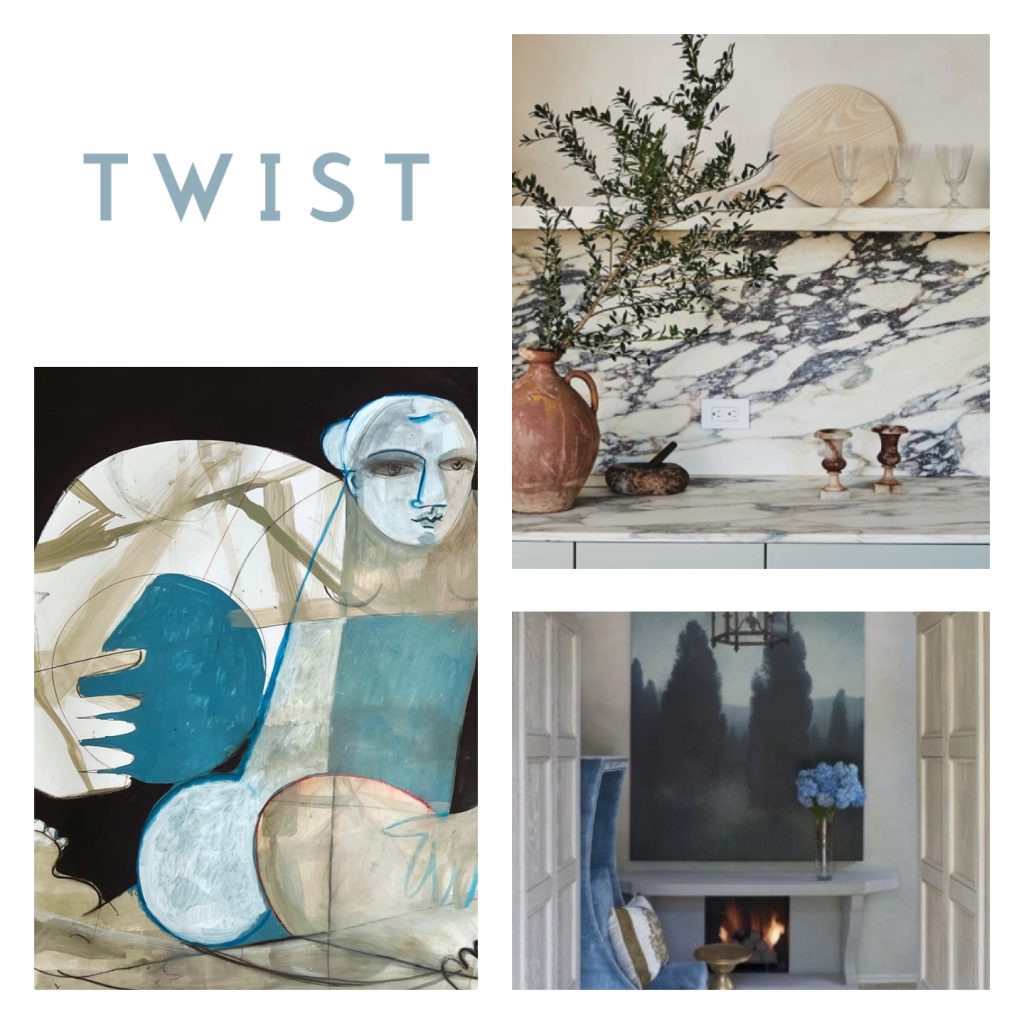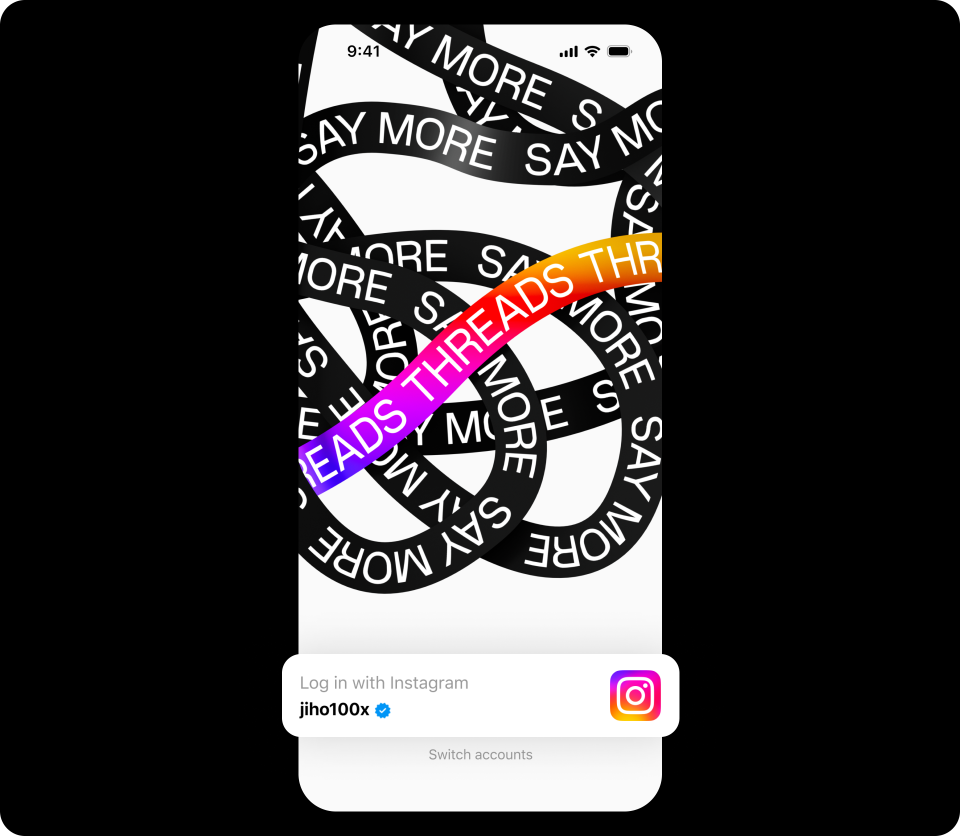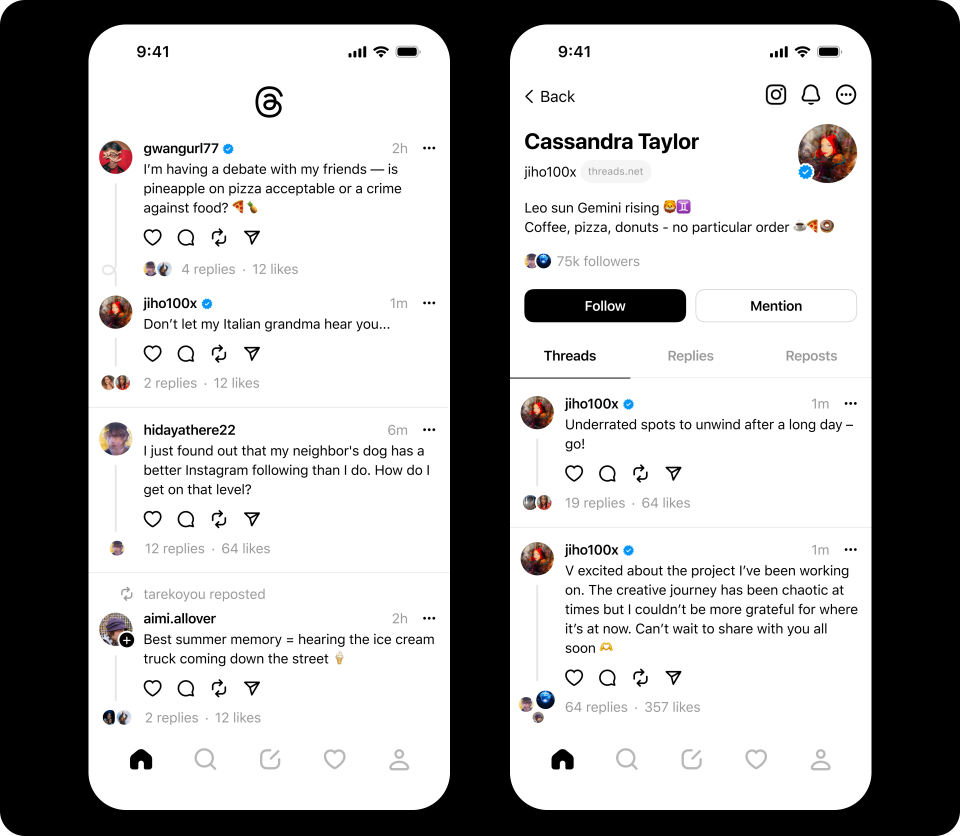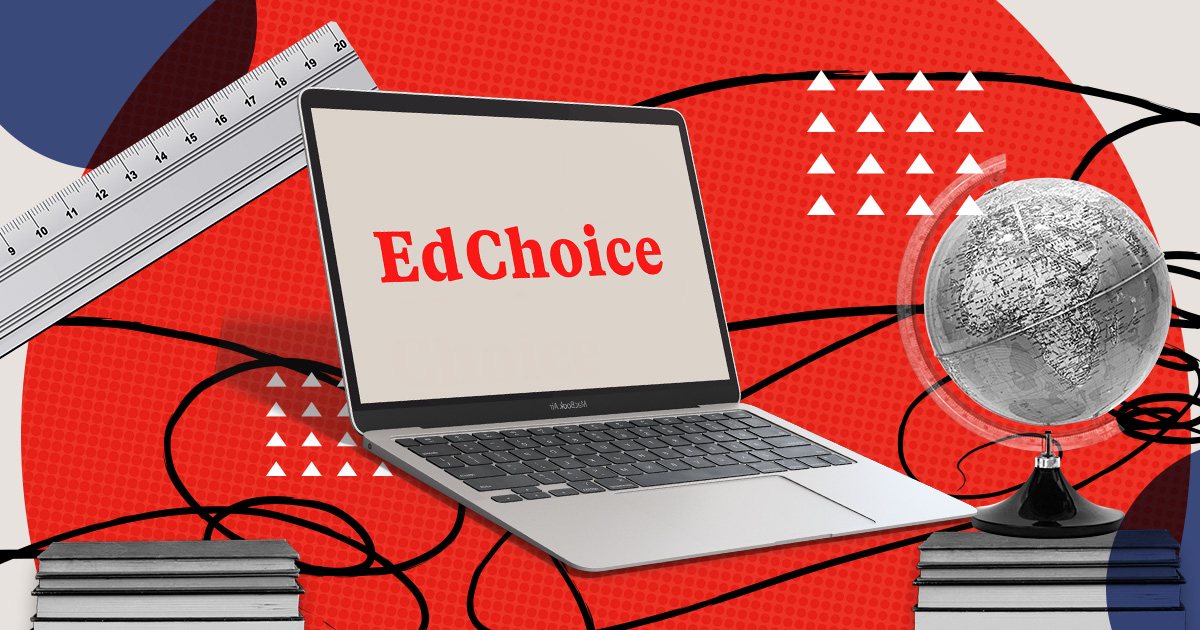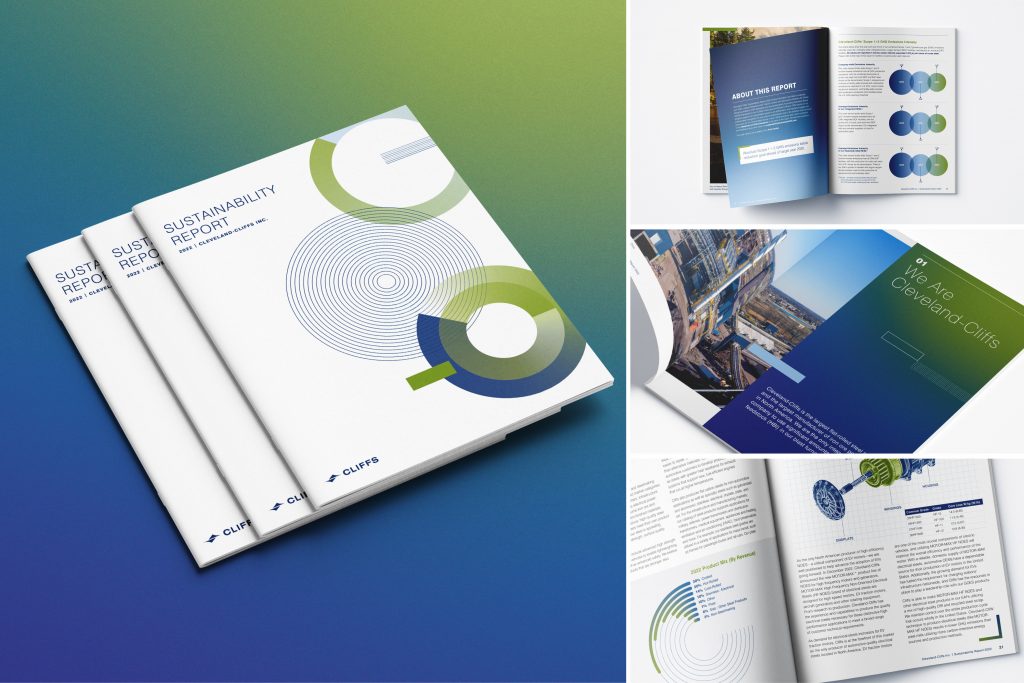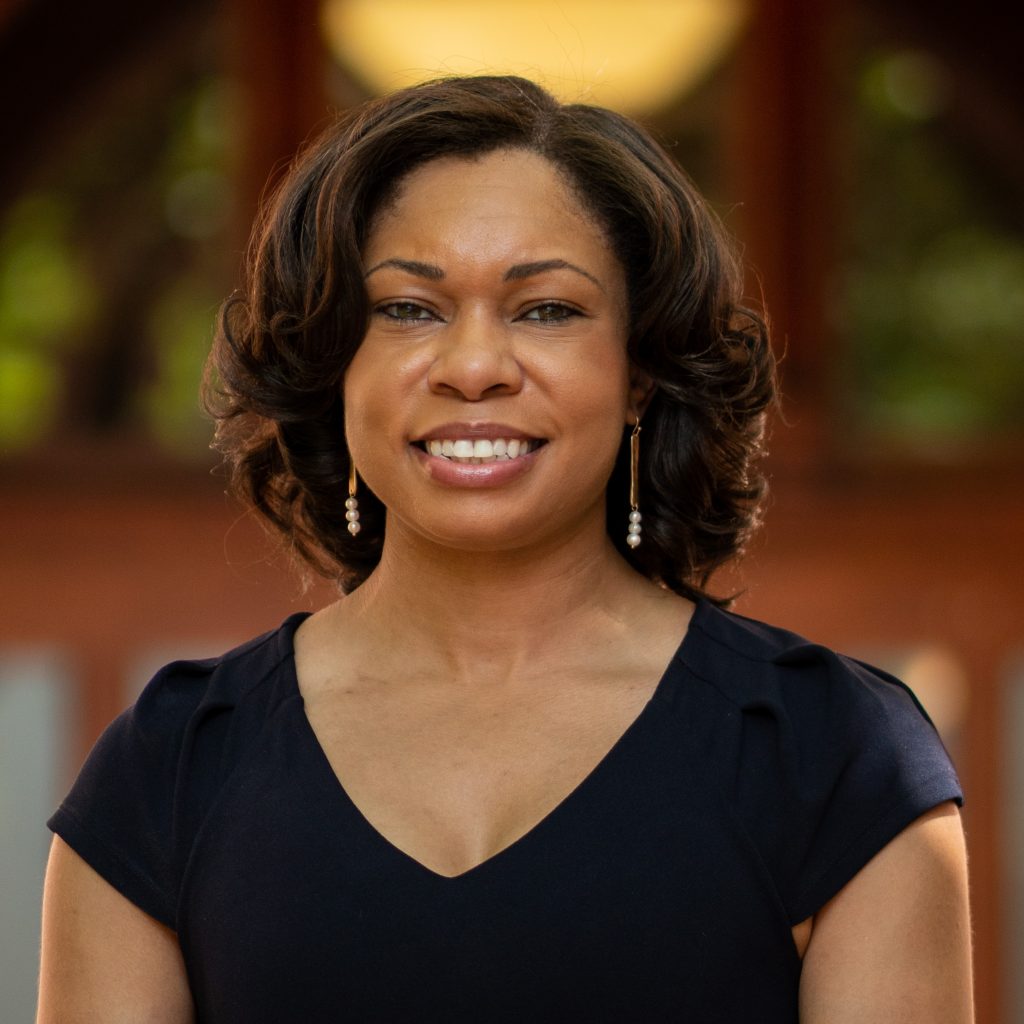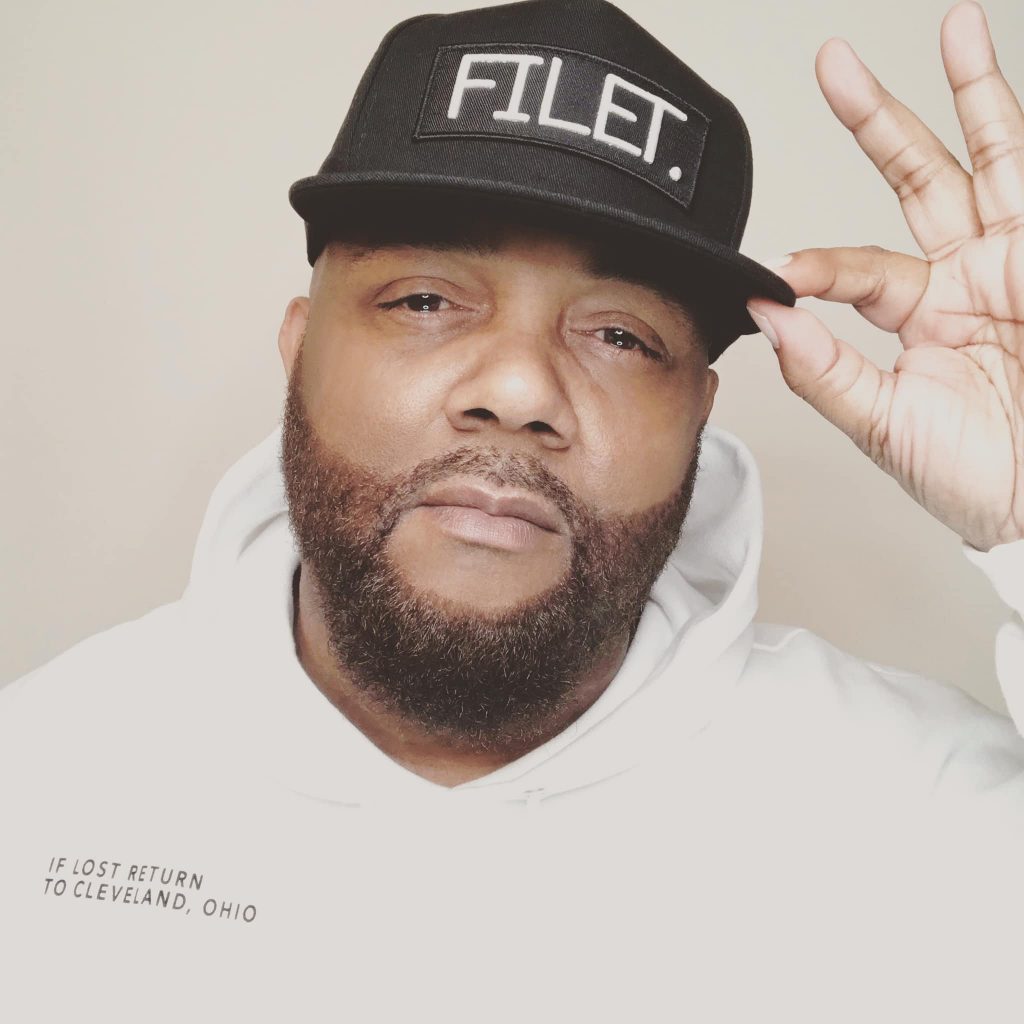
In the ever-evolving landscape of digital marketing, one thing remains constant: change.
As ad placement sizes continue to shift, so must the approach to creative content. For marketing directors, C-suite executives, and nonprofit directors, staying ahead of the curve is not just beneficial; it’s imperative. Read further to understand how our agency, TWIST, navigates this dynamic environment by building inverse pyramids of creative concepts, ensuring that even the most reduced ad sizes pack a powerful punch.
“The efficiency and trackability of mobile advertising, mid-market organizations can maximize their regional advertising budgets, delivering impactful messaging that resonates with local audiences and drives meaningful results.”
— Cristine Torek, President, CMT Consulting (TWIST Media Partner)
With the dynamism of ad placements today, clients often default to advertising vehicles they have a personal connection with. However, today there are so many cost-effective solutions that are so precise that we can keep the buy small but deliver a big impact. Mobile advertising is a prime example, given that more than 58% of all web traffic in 2022 came from mobile devices. This channel allows us to reach our customers’ target audience efficiently and effectively, with little to no wasted spend compared to traditional media tactics. Mobile advertising enables a sniper-like approach, reaching the defined target customer on the right device at the right time, reducing wasted spend, and increasing engagement.
As mid-market companies increasingly allocate 85% or more of their regional advertising budgets to digital platforms, the need for adaptable and impactful creative becomes paramount. No longer can marketers rely solely on traditional, static ad formats. The rise of various digital channels demands a strategic and flexible approach to ad creation.
At TWIST, we’ve embraced the concept of inverse pyramids. Instead of starting with a broad, all-encompassing creative and attempting to scale it down for various ad sizes, we begin with the smallest canvas in mind. This approach ensures that the core message remains potent, regardless of the ad placement size. By building from the ground up, our creatives are optimized for effectiveness across a spectrum of digital dimensions.
Mid-market companies, with their focus on regional buys, benefit immensely from this approach. The digital landscape offers a diverse range of ad sizes, from expansive banners to compact mobile placements. Crafting creatives with an inverse pyramid mindset guarantees that your message doesn’t get lost in translation as it’s resized for different platforms.
In the realm of regional advertising, where budgets are often constrained, the synergy between organic and boosted social media becomes a linchpin in the strategy. Social media platforms offer a unique opportunity to engage audiences at a local level. TWIST understands the significance of layering messaging effectively, combining organic posts with targeted boosts to amplify reach without breaking the bank.
Organic social media serves as the foundation, establishing an authentic connection with the local audience. This content, carefully curated and aligned with the brand’s identity, forms the base layer of the messaging pyramid. As we move up the pyramid, strategic boosts are applied to amplify key messages, ensuring they reach a wider, yet still targeted, audience.
The beauty of this layered approach is its cost-effectiveness. Mid-market companies can harness the power of social media without overspending. By strategically boosting content, they maximize the impact of their messaging within specific regions, driving engagement and conversions without draining their budget.
As ad placement sizes continue to evolve as fast as the mediums that serve them, so must our creative strategies. TWIST’s commitment to building creative concepts in an inverse pyramid structure ensures that our clients are equipped with content that resonates across various digital platforms. For mid-market companies with regional focuses, the integration of organic and boosted social media adds a layer of cost-effective messaging that speaks directly to local audiences. Furthermore, despite the erosion of viewership with traditional broadcast television, live sporting events continue to draw large audiences simultaneously on mobile devices. On average, more than 44% of live sports viewers look up sports stats on a mobile device while they’re watching the event. This presents a unique opportunity for advertisers to capitalize on the mobile trend, ensuring their message reaches consumers where they are most engaged.
